Queer as a Daffodil
In this project, I explore queer identity, politics, and ideology in contemporary art.
Queer artists of various disciplines take part in a series of collaborative portrait sessions. Accompanying audio recordings reveal the artists’ relationship to queerness and how they incorporate this into their work. Together with the artists, I examine queerness and the many facets of queer art.
The daffodil, a defining motif throughout the portrait series, represents self-love and rebirth—associations that recall the experience of coming out as queer. The word daffodil however was once a slur against queers and therefore plays not only an essential aesthetic role but also an artistic attempt to reclaim the word as a representation of queer people’s contributions to the art world.
The series represents a re-evaluation of a once-negative word while exploring and illuminating the notion of queerness from different points of view. In this way, I interrogate and reappraise prejudices regarding certain terms and assign them to a new, more open meaning.
The audio interviews add an important dimension to the portraits in an exhibition space, giving voice to the artists portrayed. As part of the presentation, visitors are able to listen to the recordings with headphones mounted directly in front of the portraits, creating an emotional connection between listener/viewer and the artist portrayed through sound and images. This fosters both active and passive dialog on the topic of queerness and queer art.
To further the notion of dialog, I also offer my notebook to visitors, displayed on a pedestal to resemble the title image of the series, inviting them to describe what queerness means to them. Visitors are able to engage with the artwork, and thereby also myself, the artists, and the community, by sharing their thoughts on and relationship to queerness. Through this interactive installation, I share the results through performance lectures.
Partial production funding supported by Stadt Wien Kultur (MA7) and Federal Ministry of Art, Culture, Public Service and Sport (BMKÖS).
Denice Bourbon with Cigarette, 2021
"Queer to me — the easiest way to explain that, I think — is that it's the opposite of straight. Straight means that you follow the rules that are given to you by normative society and queer is to question all of these rules — and to not just follow them, to not act as if anything is nature given, god given... nothing is written in stone! Queerness is to constantly question this. And queer is to obviously not follow any heteronormativity... Everybody is so focused on queer being connected to desire... that is part of it, but — to me — queerness doesn’t have to automatically mean you have to have [homo-, bi- or pan-sexual desires]. You can have hetero-sexual desires and still you can live a very queer life because it’s the choices that you make. Because we live in a straight society — that's a global thing — that’s how the society is built up, that's how the laws work, the laws that are from a juridical point of view but of course also this every-day, acting what's expected from you, expected on how you live your life, and what choices you make, and what you put up with and what you accept.
Queerness is to stop and say... ‘Uh, excuse me! No, I have no interest in doing this crap! Why would I do that?!’ Queerness is every day a little revolution, I would say."
Excerpt from Audio Interview with Denice Bourbon, 2021
Danielle Pamp with Self Portrait, 2021
“I would say that this three-way of queerness — political, philosophy, and identity — they’re all intertwined in my case, I think. And for me, it all has to do also with the sexuality, like coming out as a gay person, then realizing that’s not only what I am but also a transwoman... My own queer identity was a few phases... And I feel I also still have these identities within one, somehow... and that’s why I think queer is such a good word and concept: because you can just say queer and then don’t have to specify if you’re gay or trans, it covers it all! But I would also say that I see queer as a general alternative to mainstream and normativities — this is the queer ideology, if you will. It offers an alternative, a non-normative pattern and I’m more interested in creating a non-normative future society instead of them finding new normativities because then you really did beat normativity.
For me, I’m a queer artist, a queer person, a queer woman, so everything I do is queer whether more or less subtle. It effects my practices as a painter and singing performer. And just like the queer identity, here also everything is connected and intertwined because all the mediums I use complement each other.”
Excerpt from Audio Interview with Danielle Pamp, 2021
Denise Palmieri with Chainsaw, 2021
“What queer means to me is embracing [and] acceptance... Because I tried so much in my life to fit a certain behavior, a certain look, [but] when I starting embracing myself, I started noticing people around me that also embraced themselves. I’m very careful when someone asks me about my queerness and how I identify, how I see myself in my work as a performer and in my life. I ask myself if this question is to really embrace me or just comes to an interrogation, a curiosity of someone that is just feeling entitled to [have] this information… I don’t want to make myself vulnerable when there is no intention of giving back, of sharing, if it’s just for the sake of knowing – [because] this is very colonial and it’s not really the point of queerness. [It’s rather about] accepting and the plurality of each one of us and seeing myself as a Black, Fat, Cis Woman!
[My work] touches on subjects of vulnerability, of objectification, exotification, and so many things that were part of the queer vocabulary. Although it brought a lot of pain out, it was more in the process of creating and research that I started to connect more with queerness in my work and with queerness in my community...”
Excerpt from Audio Interview with Denise Palmieri, 2021
Pêdra Costa with Water Cup, 2021
“What is queer for me? It’s like a radical position in connection with my desires, my body, and how I act in world. It’s about destroying binary gender but also the structures of power. It’s about fighting against racism and the whole shit we have in our society about bodies: agism, ablism, xenophobia, social classes, and so on.
So queer for me is a more radical position that is born in our bodies and goes through society, reflecting, and changing how the capitalistic and colonialist society is acting against the marginalized people. Because marginalization is a project of this system, for me to be queer, or to understand myself as a queer person, is to understand my position as a political person, political desire, or political existence in the world.
I'm a performance artist. It's interesting when I think about if it was my decision to become a performer or if it was the decision of the society. As a queer person, non-normative, in Brazilian society, where I was born and raised, my body was tagged everyday as a person out of the norm. And when I first stepped on the stage and the audience applauded a lot, I was like "I want this, I don't want to suffer violence. I want to be recognized. And to be seen."
And in my case, it is impossible to separate or divide queerness and performance art. Because performance art is an art that is mostly political or critical. And queerness is the same. And I work on queerness in my artwork because we still have to talk a lot about it. We still have to show critical ways for the audience or people in the society to think and transform themselves. So my work is transformative, political art. This is where I place myself.”
Excerpt from Audio Interview with Pêdra Costa, 2021

Opening, MuseumsQuartier Wien, Vorplatz, 2023

Installation View, MuseumsQuartier Wien, 2023
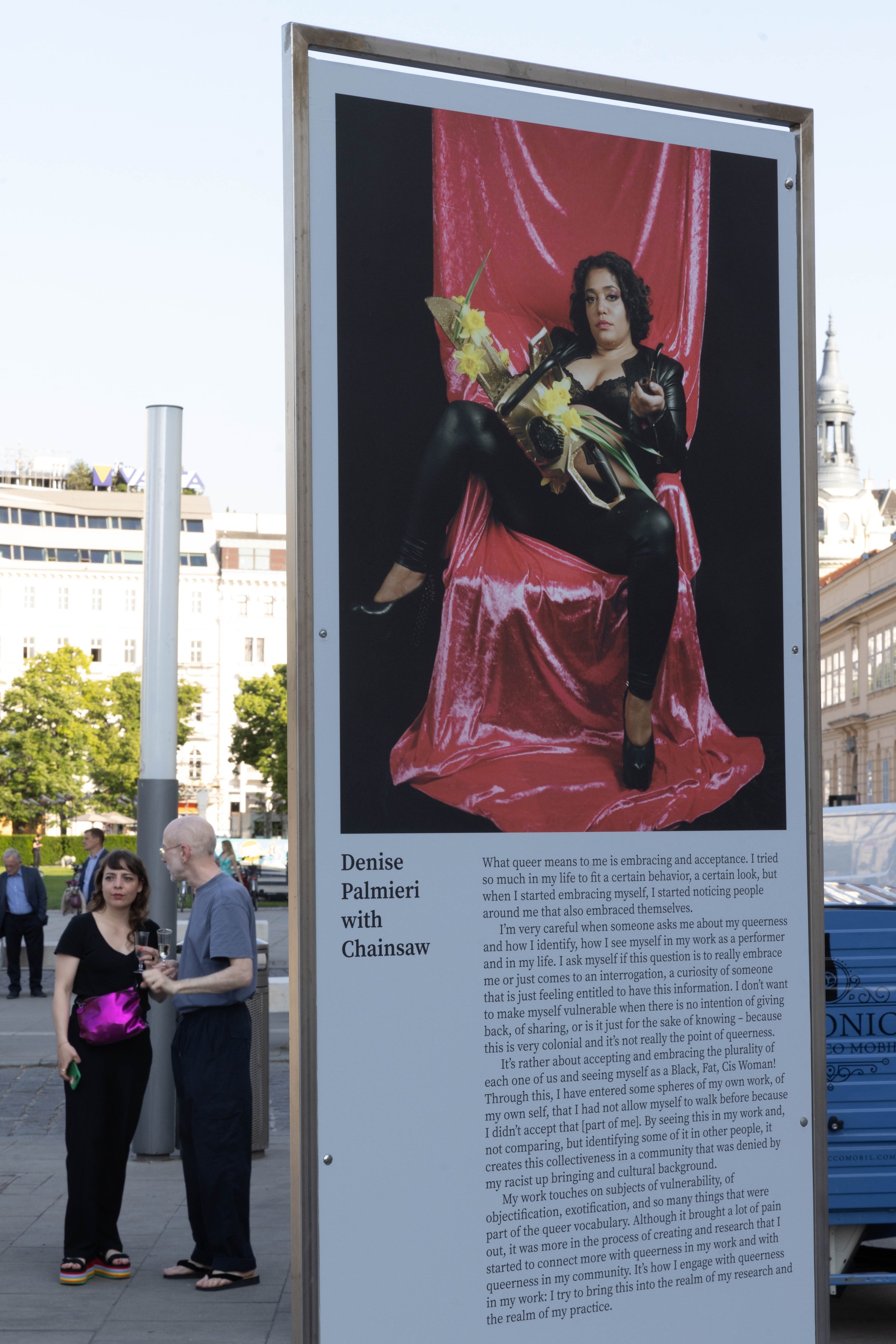
Opening, MuseumsQuartier Wien, Vorplatz, 2023 (Photo: Esel)
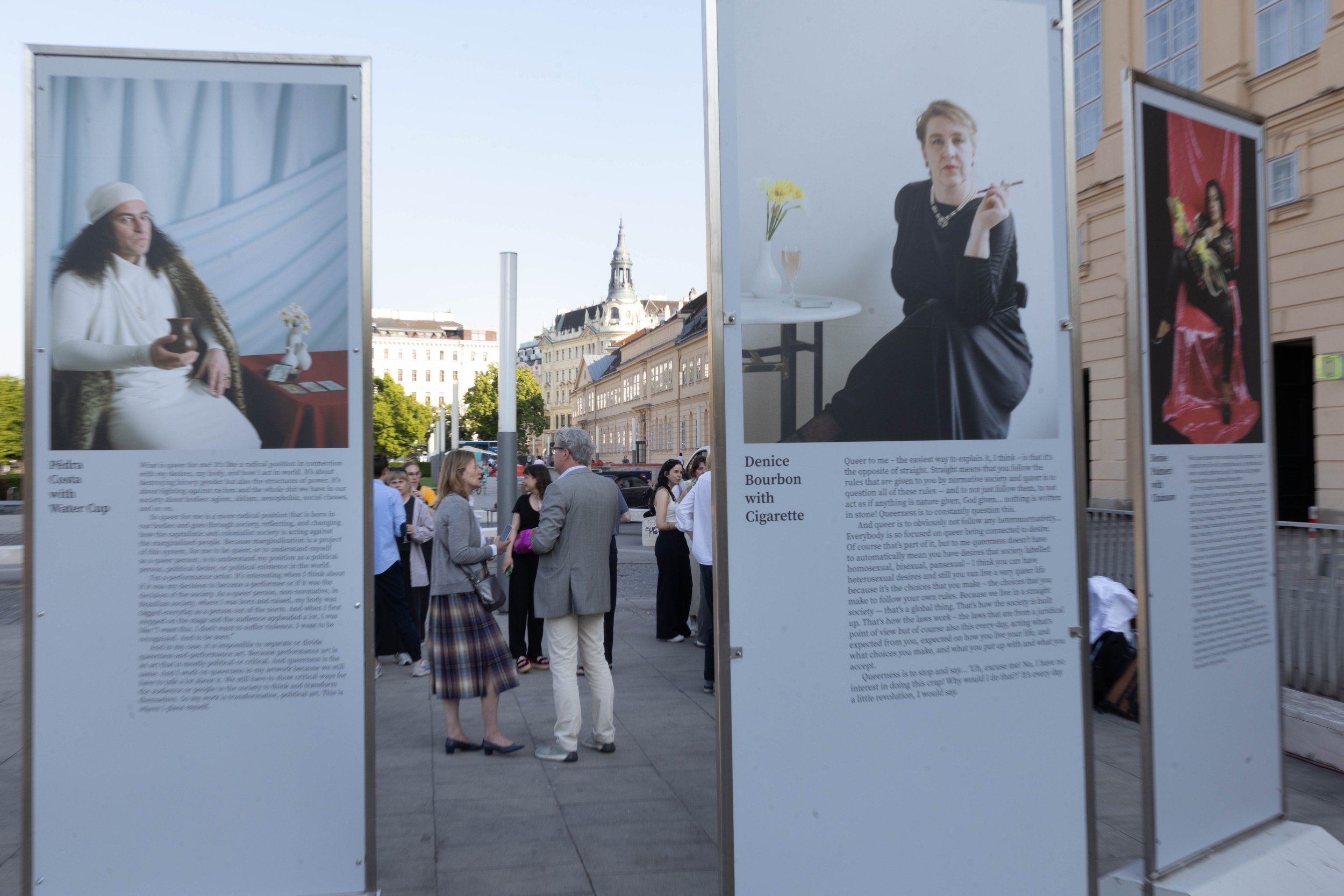
Opening, MuseumsQuartier Wien, Vorplatz, 2023 (Photo: Esel)
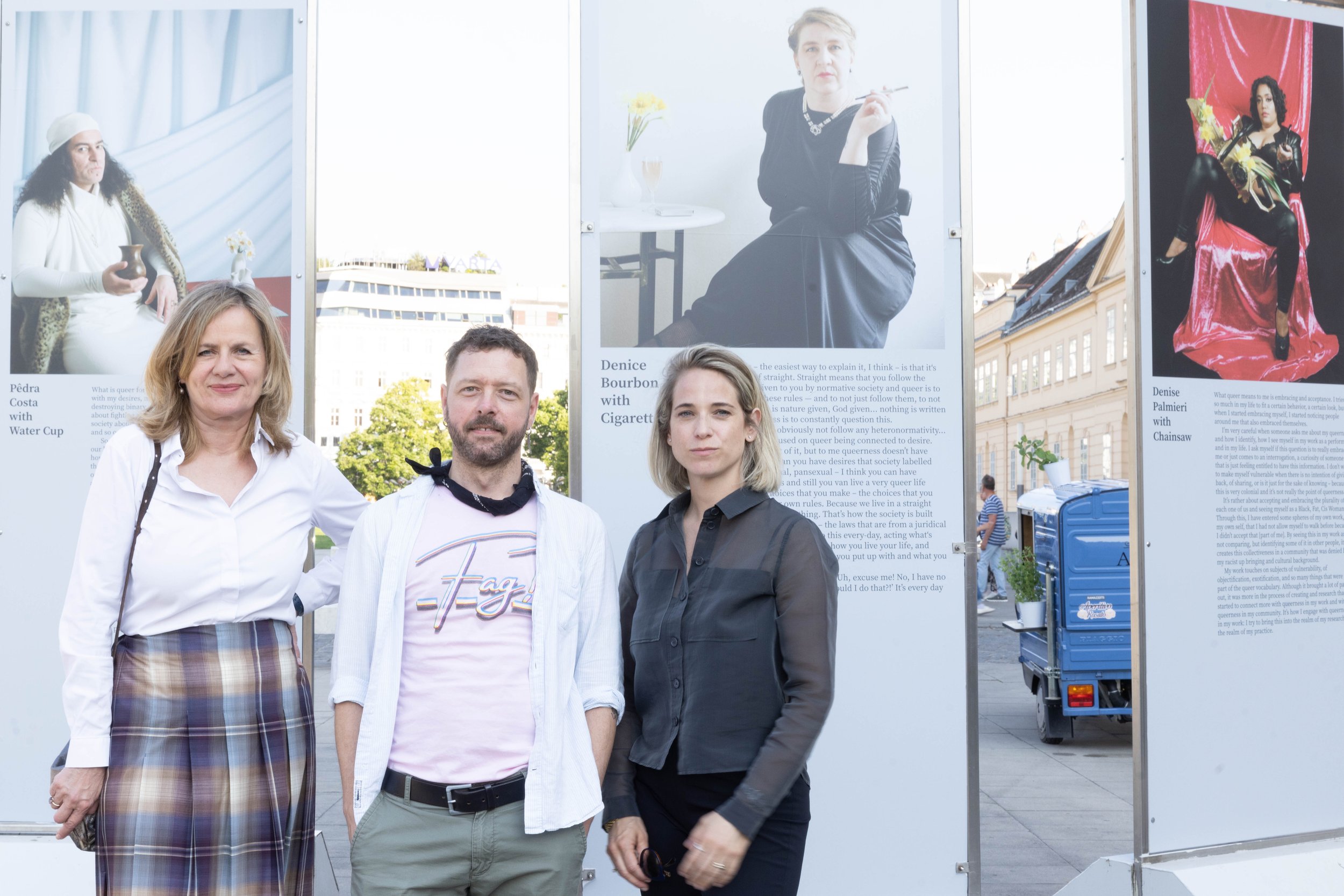
Opening with curator Verena Kasper-Eisert and director Bettina Leidl, MuseumsQuartier Wien, Vorplatz, 2023 (Photo: Esel)

Opening with cutator Verena Kasper-Eisert, MuseumsQuartier Wien, Vorplatz, 2023 (Photo: Esel)
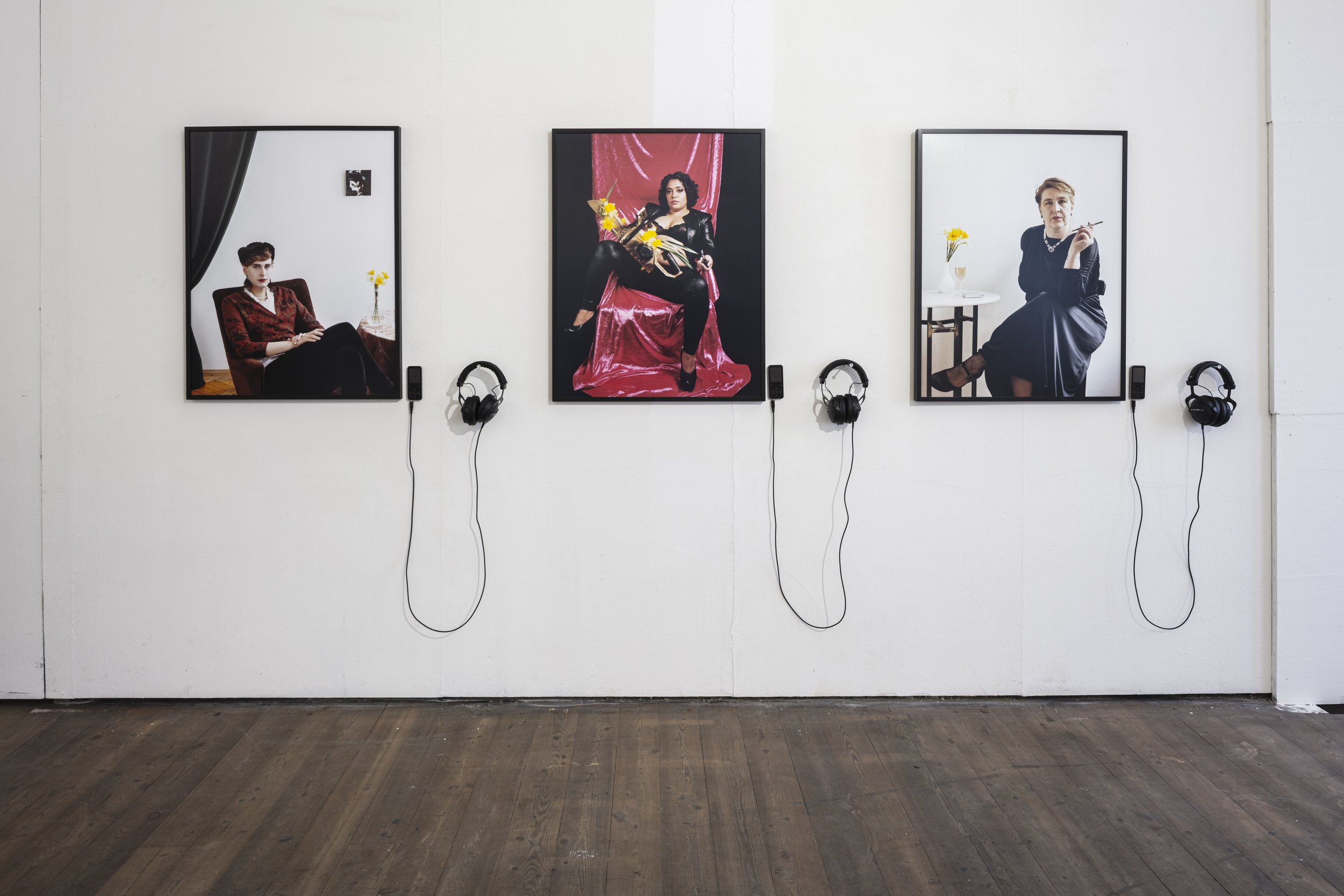
Installation View, Queer Art Spaces Vienna, Kunsthalle Exnergasse, 2023 (Photo: Wolfgang Thaler / Kunsthalle Exnergasse)

Installation View, Queer Art Spaces Vienna, Kunsthalle Exnergasse, 2023 (Photo: Wolfgang Thaler / Kunsthalle Exnergasse)

Installation View, Queer Art Spaces Vienna, Kunsthalle Exnergasse, 2023 (Photo: Wolfgang Thaler / Kunsthalle Exnergasse)

Installation View, Queer Art Spaces Vienna, Kunsthalle Exnergasse, 2023
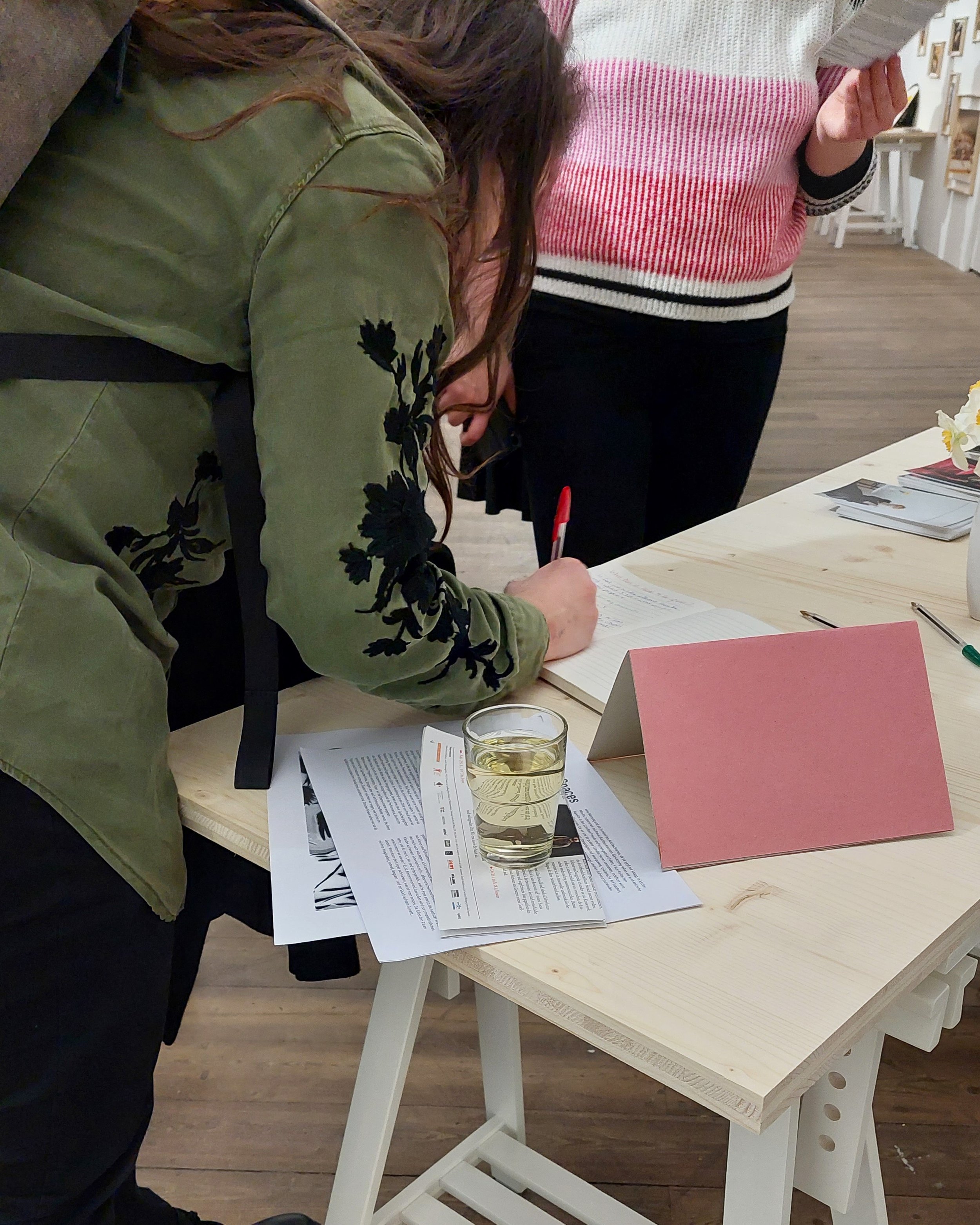
Installation View, Queer Art Spaces Vienna, Kunsthalle Exnergasse, 2023

Performance Lecture, Readings from Notes on Queer, Kunsthalle Exnergasse, 2023

Performance Lecture, Readings from Notes on Queer, Kunsthalle Exnergasse, 2023 (Photo: Sarah Tasha)

Performance Lecture, Readings from Notes on Queer, Kunsthalle Exnergasse, 2023 (Photo: Sarah Tasha)
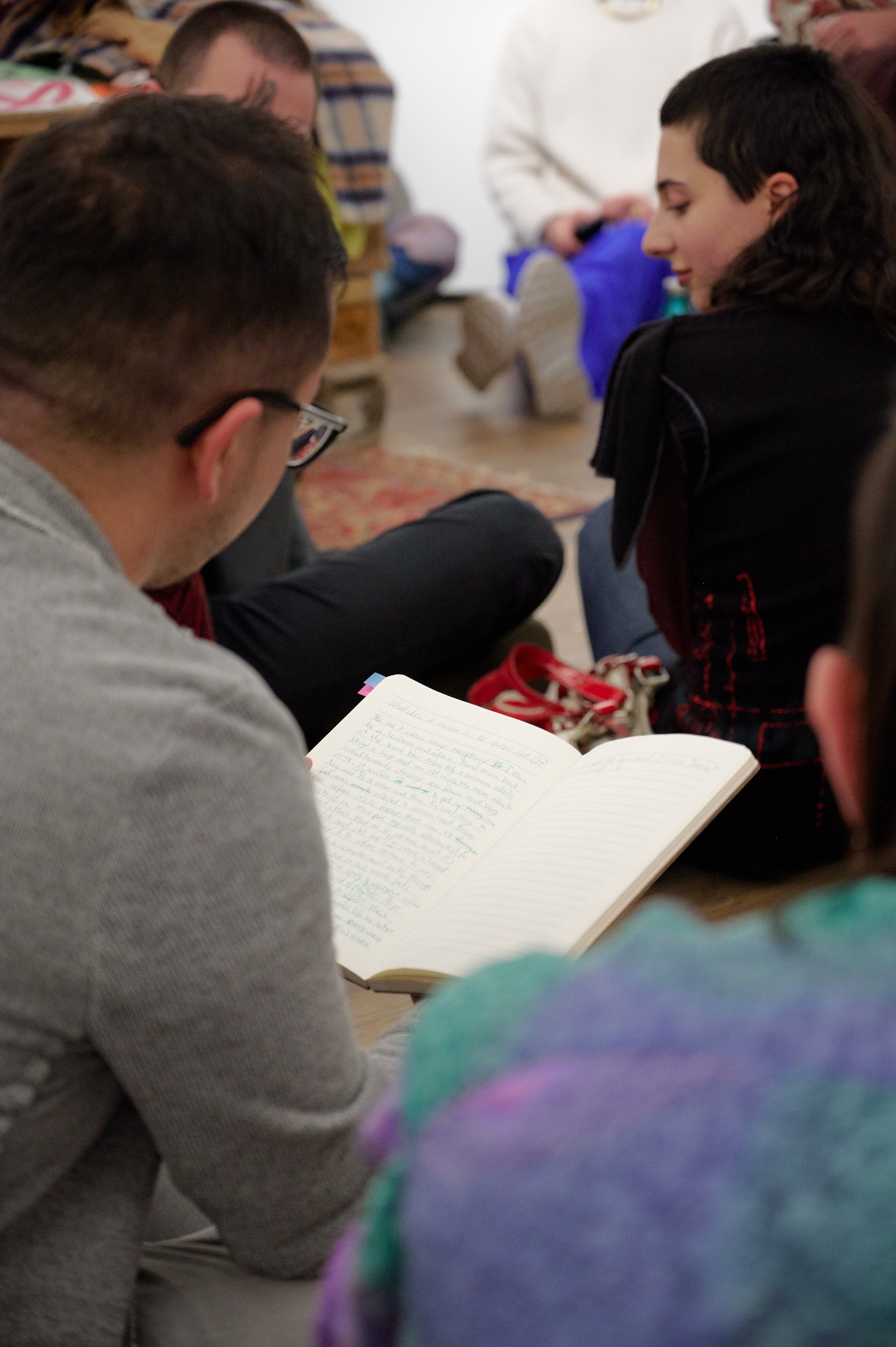
Performance Lecture, Readings from Notes on Queer, Kunsthalle Exnergasse, 2023 (Photo: Sarah Tasha)